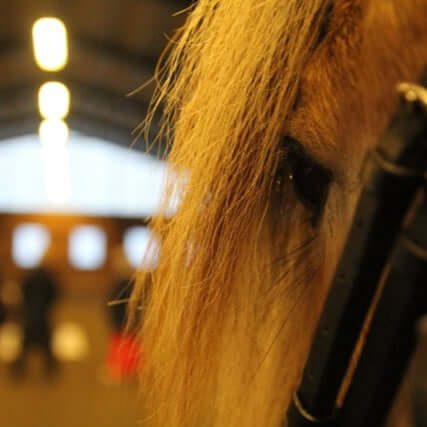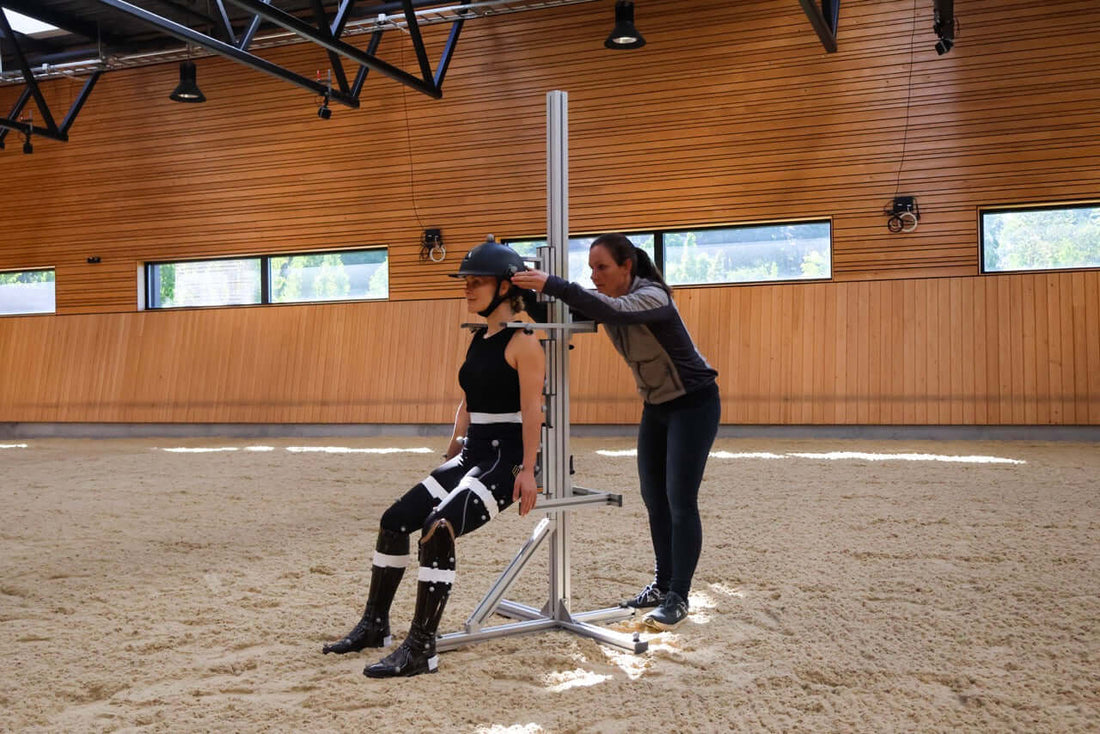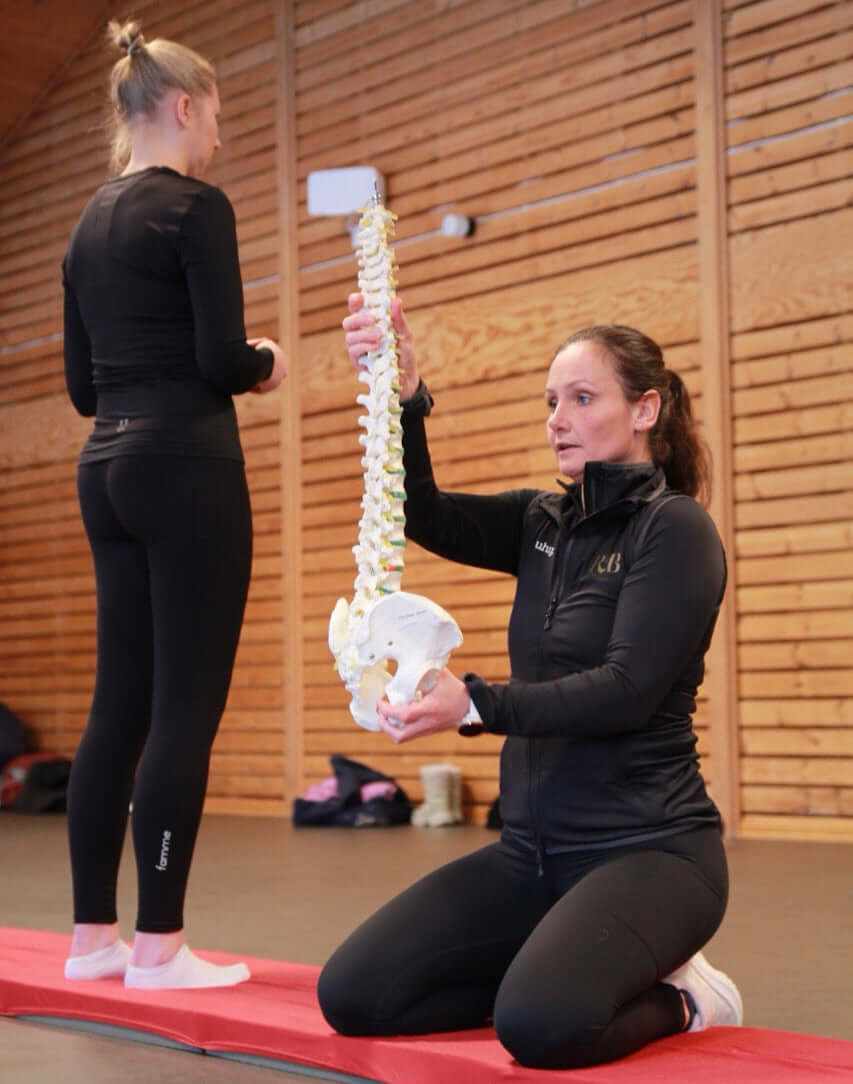What actually happens to the rider's pelvis when riding in a walk on a vault? And why is it important? An international research study co-authored by Maria Terese Engell has investigated exactly this – and the results have great significance for how we understand seat, balance and communication with the horse.
The study was published in Journal of Equine Veterinary Science and is the first of its kind to analyze how different riders move their pelvis in stride, on vault, with and without rein contact and at moderate collection.
What did the researchers do?
Five riders rode ten horses in various exercises in walk on 10-meter vaults – both with long reins, with contact and in moderate collected walk. The riders' pelvic movements were measured with advanced sensors. The focus was on two types of movement:
- Pitch (forward/backward tilt)
- Roll (side-to-side movement)
The movements were analyzed to see if riders have individual patterns – and whether these patterns change between horses and exercises.
This research shows that the rider's movement patterns matter. By becoming more aware of how you move in the saddle, and how you can adapt your seat to the exercise and the horse, you can improve interaction and make riding more efficient and comfortable for the horse.
1. Riders have unique movement patterns
Even in a group of riders who trained together and had similar backgrounds, pelvic movements varied markedly. Some riders had smooth, symmetrical movements, while others showed more variable patterns with many small movements per stride. These individual differences remained stable, regardless of the horse they rode.
2. The seat affects communication with the horse
How you move your pelvis can affect how your horse perceives you – and how it moves. For example, riders with a more “biphasic” pitch (two even movements per stride) showed greater harmony with the horse’s rhythm. This can be important for both performance and welfare.
3. Different pace – different effect
Some riders moved their pelvis in time with the horse's stride, others against it. This may have an impact on how signals and aids are perceived by the horse. This does not necessarily mean that one pattern is better than another – but it does highlight the importance of rider awareness and control.



